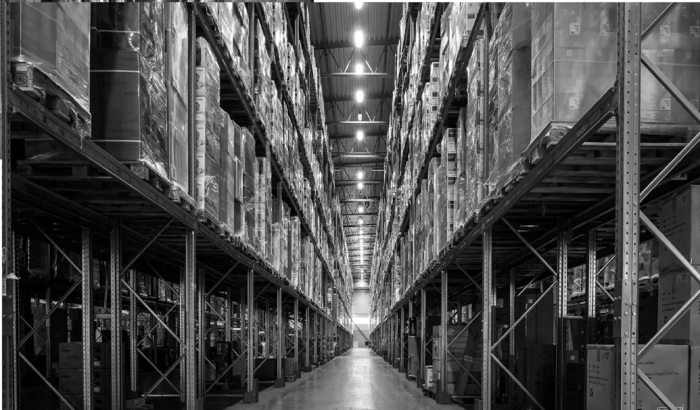1 min read
Retailers join up with Tradeplace on cross docking projects
Donna Celeste
:
17 Декември 2020

Elkjøp’s Dan Mason talks about cross docking with Tradeplace
In early 2020, the Nordic countries’ largest retailer Elkjøp strategically teamed up with Tradeplace to implement cross docking in its logistical supply chain. Dan Mason, IT Supply Chain Consultant for Elkjøp Nordic AS, part of Dixons Carphone plc, explains why cross docking is beneficial to Elkjøp, and covers everything from the importance of quality data to the effect on NPS scores.
Why did Elkjøp opt for cross docking?
“We started implementing cross docking from our central warehouse in Sweden. The main aim of the process is, not only to try and reduce stockholding in our warehouse, but also increase assortment availability from suppliers for our end customers.”
What are the factors critical to its success? How important is the data?
“The beauty of cross docking is, with the improvement in the quality of data in terms of correct lead times and stock availability from a supplier, we can be more precise about when we need to have products in our warehouse. We can bring them right into our warehouse, take them off the supplier’s truck, load them up on one of our trucks, and ship them straight out to the store.
The quality of the data is crucial, not only on availability and lead times, but also the communication between our buyers and forecasting teams, and having the people on site who know to expect a cross docking order for the actually unloading and reloading once the products are here. The collaboration with our trade partner Tradeplace is also key. This means we always have support to solve any problem that may arise efficiently and effectively.”
What products are you focusing on primarily?
“Our cross docking is run by our major domestic appliance, or MDA, team, which is where our current focus is predominantly because these are the articles that take up the most storage space. We minimise the time we store products in the warehouse, and no longer have to make large stock orders of products.”
Has cross docking had any other impact on costs?
“It’s all about streamlining the process, trying to eliminate stockholding, trying to improve service to our customers, and ultimately have a broader range of products online and in store for customers to order from. Now that everything is fully automated, we have been able to free up resources that we normally reserved for correction teams. We see no difference in NPS scores between products shipped to the customer through cross docking or more traditional logistical methods.
Interested in our whitepaper?

